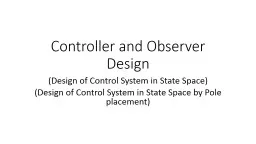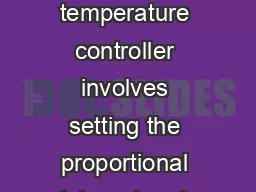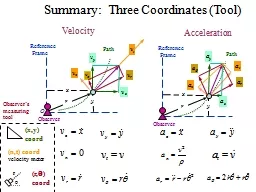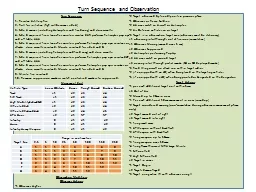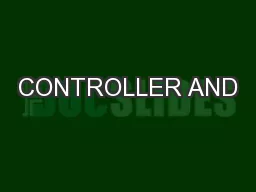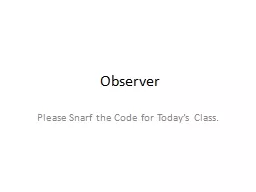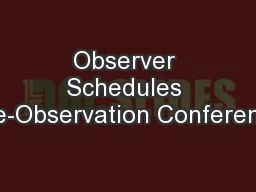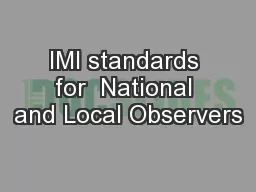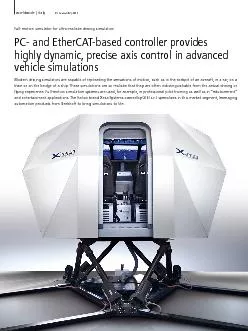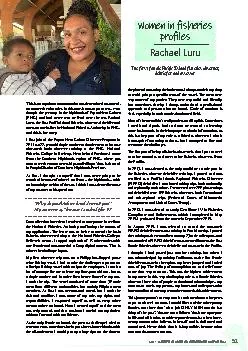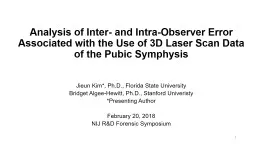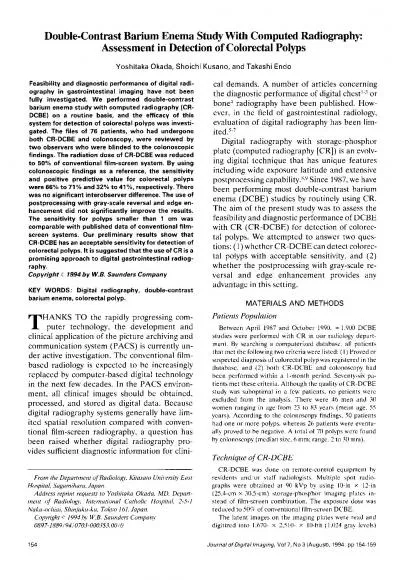PPT-Controller and Observer
Author : phoebe-click | Published Date : 2018-11-09
Design Design of Control System in State Space Design of Control System in State Space by Pole placement References Dr Radhakant Padhi Asstt Prof IISC Bangalore
Presentation Embed Code
Download Presentation
Download Presentation The PPT/PDF document "Controller and Observer" is the property of its rightful owner. Permission is granted to download and print the materials on this website for personal, non-commercial use only, and to display it on your personal computer provided you do not modify the materials and that you retain all copyright notices contained in the materials. By downloading content from our website, you accept the terms of this agreement.
Controller and Observer: Transcript
Download Rules Of Document
"Controller and Observer"The content belongs to its owner. You may download and print it for personal use, without modification, and keep all copyright notices. By downloading, you agree to these terms.
Related Documents

